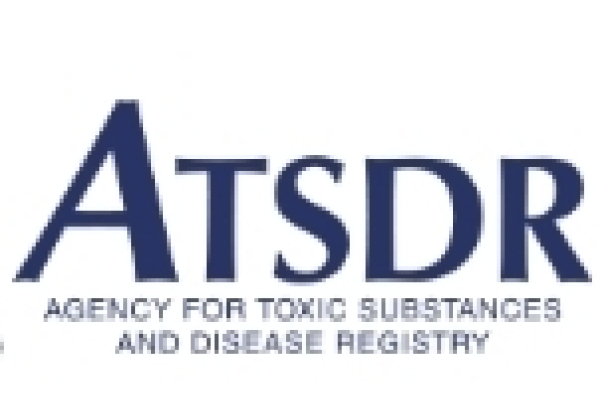November 1, 2012
Cornhill Site Focus of ‘Brownfield to Greenfield’ Project

County OCHD to Partner With State Center Of Environmental Health in ATSDR Grant
Oneida County Executive Anthony J. Picente today announced that the site of the former Kemble Street School in the City of Utica’s Cornhill will be a key feature of a new two-year grant obtained by the New York State Department of Health’s Center for Environmental Health (CEH). NYS DOH received the grant award from Agency for Toxic Substances and Disease Registry (ATSDR), a federal public health agency of the U.S. Department of Health and Human Services. The Oneida County Health Department will partner with the State CEH in a multi-phase project designed to transform the brownfield reuse area to a recreational park over the next two years in response to a need expressed by the neighborhood’s multi-cultural community.
“County government strives to insure that all residents are provided a healthy environment in which to live, work and play. We are pleased to be working with the State CEH toward this goal and to be joined in this public/private effort by the City of Utica, the Utica School District and the Homeownership Center. The grant will provide the funding necessary to allow State Department of Health scientists, Oneida County Health Department Lead Program officials and other agencies to to conduct the necessary environmental studies and soil sampling to support future development of the site as a community park,” Picente said.
While community groups and local officials have expressed the need for more recreational parks and greater availability of healthy foods through, among other things, community gardens, a common barrier to the use of many of the City’s vacant and abandoned lots for this purpose has been the concern of soil contamination. The Cornhill neighborhood has had some of the highest incidence of childhood lead poisoning in the state, often resulting from contact with chipping paint in older homes and playing in contaminated soil. Lead, as well as other contaminants in the soil pose a variety of risks, particularly for refugees who grow their own food without knowledge of the soil conditions in their community.
Cathe Bullwinkle, Quality Improvement Coordinator for the Oneida County Health Department, stressed the importance of safe green spaces to the overall development of our inner city neighborhoods. “Because of the aged housing stock in the Cornhill area, much of the surrounding soil has become contaminated from chipping and peeling lead-based paints once used on the exterior of the homes. By redeveloping these properties as safe, green community spaces where children can run and play sports and seniors can walk safely, we can have a positive impact on the community’s health by reducing overall exposure to environmental hazards and creating additional opportunities for exercise,” Bullwinkle said.
Upon completion of the environmental studies, planners will explore the next phase of the Kemble Street Park Project including the development of a neighborhood park on the site. The design work for this phase has already been completed by the Cornell-based group Rust 2 Green in cooperation with the Homeownership Center.









